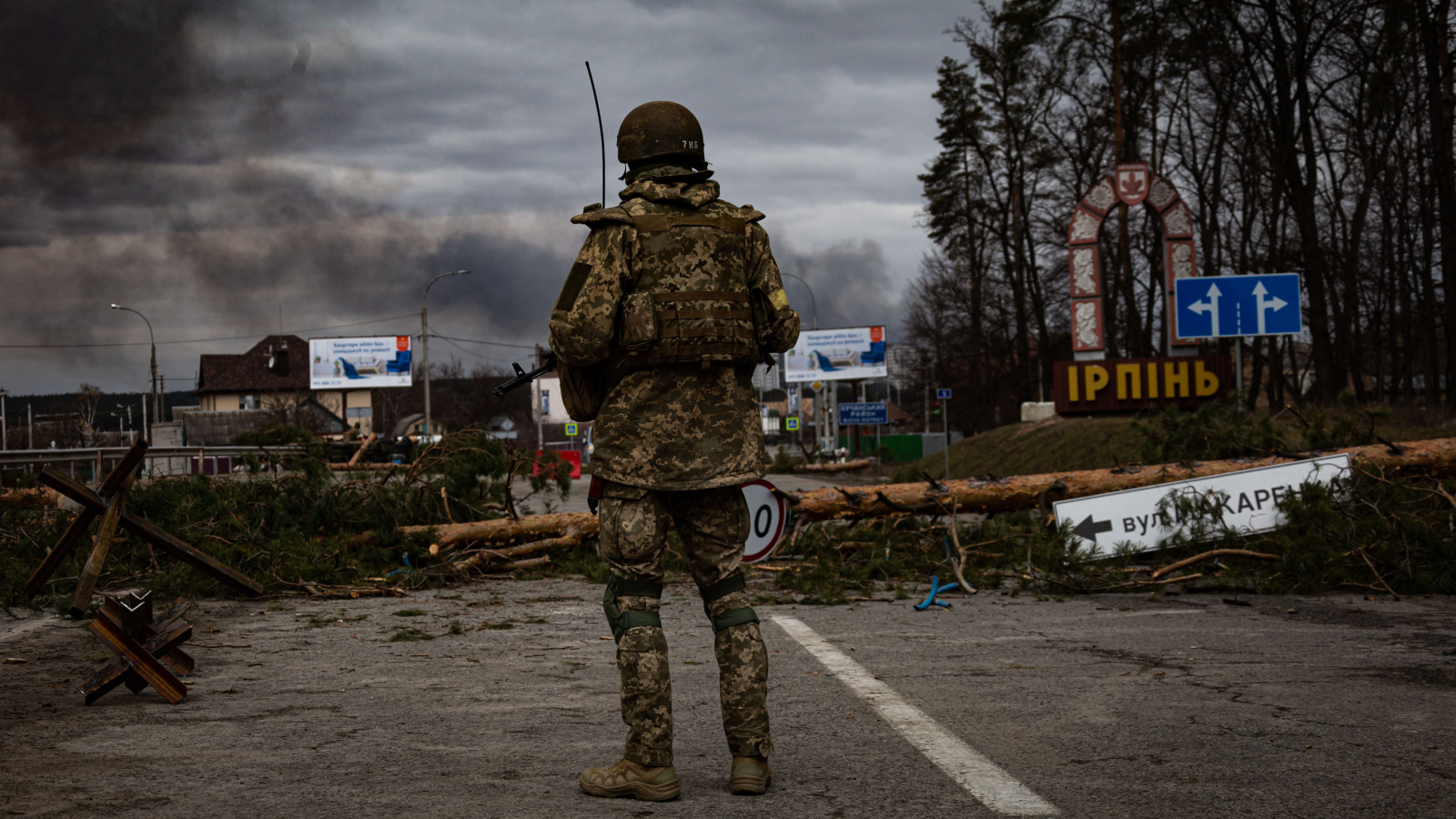Canada is often admired for its scenic beauty, politeness, and quality of life, but its contributions to innovation, sports, humanitarianism, and social progress often go unnoticed. While some achievements make headlines, others quietly shape the world in lasting ways. Here are 25 underrated Canadian wins that deserve the spotlight.
BioSand Water Filter Innovation

Developed by Canadian engineer Dr. David Manz in the 1990s, the BioSand Water Filter is a simple yet powerful innovation that provides clean drinking water in low-resource settings. Its slow sand filtration process removes harmful bacteria, viruses, and protozoa. Today, it’s used in over 100 countries, particularly in rural and disaster-affected areas. Despite its broad global impact, this Canadian contribution rarely gets the spotlight it deserves. The design is cost-effective and sustainable, and has improved public health outcomes for millions.
First Use of Instant Replay

Canada introduced instant replay to sports broadcasting during a 1955 CBC telecast of a hockey game, long before it became a standard in major sports worldwide. Though its early use was limited due to technology constraints, this innovation paved the way for one of the most important developments in modern sports broadcasting. Instant replay has since transformed how referees, viewers, and athletes experience the game. Often credited to American networks, the origin is actually Canadian.
Standard Time Zones by Sandford Fleming

In the 1870s, Canadian engineer Sir Sandford Fleming proposed a global system of standard time zones to replace the confusing patchwork of local times. His idea, first implemented by Canadian railways, was later adopted worldwide after the International Meridian Conference in 1884. Fleming’s system created the 24-hour division of the globe we rely on today for everything from travel to telecommunications. While taken for granted now, this innovation was a monumental step toward global synchronization.
Discovery of Insulin

In 1921, Canadians Frederick Banting and Charles Best discovered insulin at the University of Toronto, revolutionizing diabetes treatment and saving countless lives. Before this, diabetes was often fatal. The team’s breakthrough turned it into a manageable condition. Rather than profit from the invention, the patent was sold for just $1, ensuring global access to this life-saving medication. The discovery earned Banting the Nobel Prize and positioned Canada as a leader in medical science. Insulin remains one of the most impactful medical advancements of the 20th century.
Invention of Basketball

Basketball, one of the world’s most popular sports, was invented in 1891 by Canadian-born Dr. James Naismith in Springfield, Massachusetts. While the game was created in the US, Naismith’s Canadian heritage is often overlooked. He designed basketball as an indoor sport to keep athletes active during winter. Today, it’s a global phenomenon with millions of fans and players. Naismith’s Canadian roots are a reminder of Canada’s influence in shaping international sports. His original rules and vision have evolved, but his role in inventing the game remains a point of national pride.
Creation of the Egg Carton

The egg carton, now a grocery store staple, was invented in 1911 by Canadian newspaper editor Joseph Coyle in British Columbia. He created it to resolve a dispute between a hotel owner and a local egg farmer over damaged egg deliveries. Coyle’s simple but effective design protected fragile eggs during transport, revolutionizing the way food products were packaged. The invention spread quickly and remains largely unchanged more than a century later. Though easily taken for granted, this practical innovation had a significant impact on food safety, logistics, and packaging.
IMAX Film Technology

IMAX, the groundbreaking large-format film technology, was developed by Canadian filmmakers Graeme Ferguson, Roman Kroitor, Robert Kerr, and engineer William Shaw in the late 1960s. First showcased at Expo ’70 in Osaka, Japan, IMAX transformed the cinematic experience with ultra-high resolution, massive screens, and immersive sound. Today, it’s used in everything from Hollywood blockbusters to educational documentaries and even NASA training videos. Though it’s now a global brand, IMAX’s roots are proudly Canadian.
Canadian Contribution to Nuclear Research

Canada has been a key player in peaceful nuclear research since the 1940s. The development of the CANDU reactor—Canada Deuterium Uranium—offered a unique, heavy-water nuclear reactor design that remains in use globally. CANDU reactors are valued for their fuel efficiency and ability to use non-enriched uranium. Canada’s research institutions, like Chalk River Laboratories, have also played a major role in nuclear medicine, producing isotopes used in cancer treatment and diagnostics.
Discovery of Stem Cells

In 1961, Canadian scientists Dr. James Till and Dr. Ernest McCulloch discovered stem cells while conducting research at the Ontario Cancer Institute. Their findings laid the foundation for regenerative medicine and opened new possibilities in treating blood cancers and degenerative diseases. This pioneering work provided the scientific basis for bone marrow transplants and future therapies involving stem cell manipulation. Despite its groundbreaking nature, their contribution remains underrecognized in the public eye. Canada’s role in one of modern medicine’s biggest breakthroughs is a reminder of its long-standing leadership in life sciences research.
Invention of the Electric Wheelchair

Canadian inventor George Johann Klein developed the first practical electric wheelchair in the 1950s. His design aimed to help injured World War II veterans regain independence and mobility. The invention became a life-changing tool for individuals with disabilities around the world. Klein’s creation combined compassion with engineering precision, making mobility more accessible and improving the quality of life for millions. While manual wheelchairs had existed for centuries, Klein’s electric version revolutionized assistive technology.
The Canadarm Space Technology

The Canadarm, developed by Canada for NASA in the late 1970s, became an essential robotic arm used on the Space Shuttle. It successfully deployed, captured, and repaired satellites in orbit and even supported International Space Station construction. The success of the Canadarm solidified Canada’s place as a trusted space technology partner and led to later innovations such as Canadarm2 and Dextre. It was featured on Canada’s five-dollar bill, yet its importance is often forgotten outside space industry circles.
Gander’s 9/11 Humanitarian Response

When U.S. airspace closed on September 11, 2001, the small town of Gander, Newfoundland, welcomed nearly 7,000 stranded airline passengers. Residents provided food, shelter, and emotional support without hesitation. Their spontaneous generosity and organization became a global symbol of compassion during a crisis. The event inspired the Broadway musical “Come From Away,” but the selfless efforts of Gander’s people often remain overlooked in global narratives of 9/11.
Valor of Christopher O’Kelly

Christopher O’Kelly, a Canadian soldier in World War I, received the Victoria Cross for extraordinary bravery during the Battle of Passchendaele in 1917. At just 21, he led his men through heavy fire, captured enemy positions, and secured vital territory. His leadership and courage were instrumental in a difficult campaign known for its horrific conditions. Despite his heroism, O’Kelly is rarely mentioned in broader military histories. Remembering figures like him helps ensure Canada’s military contributions are fully appreciated, especially in conflicts that shaped the modern world.
Heroism of Jess Larochelle

Private Jess Larochelle of the Royal Canadian Regiment was awarded the Star of Military Valour for his extraordinary actions during the Afghanistan conflict in 2006. Despite being injured by a rocket-propelled grenade, he held off an insurgent attack and protected his unit using a remote weapons system. His actions saved lives and demonstrated uncommon bravery. There have been public calls to upgrade his commendation to a Victoria Cross, yet his name remains unfamiliar to many Canadians.
Leadership of Commodore Laraine Orthlieb

Commodore Laraine Orthlieb broke barriers by becoming the first woman to command a naval base in Canada. She led Canadian Forces Base Halifax, the largest naval base in the country, with distinction. Her leadership not only advanced gender equity in the Canadian Armed Forces but also inspired a new generation of women to pursue military careers. While she made history in the early 2000s, her name remains less recognized than it should be. Her service and leadership have contributed significantly to reshaping the perception of women in Canada’s defense sector.
Legacy of Violet King Henry

Violet King Henry made history in 1954 as the first Black female lawyer in Canada and the first Black person to graduate from law school in Alberta. Her groundbreaking accomplishments were followed by a career dedicated to fighting discrimination and promoting equity in employment and education. She later worked in the United States, becoming the first woman appointed to a senior management position in the U.S. Department of Labor. Despite her profound contributions, her name is often overlooked.
Trailblazing by Delia Opekokew

Delia Opekokew, a Cree lawyer from Saskatchewan, was the first Indigenous woman admitted to the bar in both Ontario and Saskatchewan. She was also the first woman to run for National Chief of the Assembly of First Nations. Opekokew played a key role in Indigenous rights advocacy, treaty negotiations, and healing initiatives related to residential schools. Her legal and political career has had a lasting impact, yet she is rarely acknowledged in mainstream discourse.
Advocacy by Autumn Peltier

Autumn Peltier, an Anishinaabe clean water activist, began speaking out about Indigenous water rights at age 8. By 13, she addressed the United Nations, urging global leaders to respect water as a human right. Representing both youth and Indigenous voices, Peltier continues to campaign for access to clean drinking water in Canadian Indigenous communities. Her work has earned international recognition, yet she remains underappreciated in many parts of Canada.
Waneek Horn-Miller’s Athletic Impact

Waneek Horn-Miller made history as the first Mohawk woman from Canada to compete in the Olympics, co-captaining the women’s water polo team in 2000. Beyond her athletic achievements, she has become a prominent advocate for Indigenous health, fitness, and representation in sports. After surviving a serious injury during the Oka Crisis as a teenager, Horn-Miller turned trauma into purpose. She mentors Indigenous youth and speaks on reconciliation and empowerment. Despite her accomplishments, her story is not widely known.
Skydiving Excellence of Kathy Cox

Kathy Cox is one of Canada’s most accomplished skydivers, with over 3,500 jumps and several national and international records. She helped establish formation skydiving as a recognized competitive sport and played a major role in training Canada’s national teams. Despite her impact on the sport and her pioneering role as a female athlete in an extreme discipline, her story remains little-known outside skydiving circles. Her dedication and skill pushed boundaries for women in aviation and sky sports, making her a standout figure in Canada’s athletic history who deserves wider recognition.
Kurt Browning’s Quadruple Jump

In 1988, Canadian figure skater Kurt Browning became the first person to land a quadruple jump in a competition successfully. This athletic feat redefined men’s figure skating, pushing the technical boundaries of what was possible in the sport. While he won multiple national and international titles, including four world championships, Browning’s revolutionary jump remains a landmark moment in skating history. Yet, his contribution is often underplayed in global sports conversations.
Olympic Glory of Nancy Greene

Nancy Greene, often called “Canada’s Female Athlete of the 20th Century,” dominated alpine skiing in the 1960s. She won gold and silver medals at the 1968 Winter Olympics and was the overall World Cup champion in 1967 and 1968. Beyond her competitive success, Greene has promoted youth skiing and played a public role as a senator. Despite these achievements, she doesn’t always receive the mainstream recognition given to more recent athletes.
Mike Weir’s Masters Win

In 2003, Mike Weir made history by becoming the first Canadian to win the Masters Tournament and the first left-handed golfer to do so. His victory marked a turning point for Canadian golf, inspiring a new generation of players and increasing the sport’s popularity across the country. Weir’s quiet perseverance and technical skill brought international attention to Canadian golf talent.
Paralympic Success of Lauren Woolstencroft

Lauren Woolstencroft, an alpine skier born without legs below the knee and missing her left arm below the elbow, is one of Canada’s most successful Paralympians. She won eight gold medals and one silver across three Winter Games. Her performance at the 2010 Vancouver Paralympics, where she won five gold medals, was historic. Despite these accomplishments, her name is not as widely known as those of many non-disabled athletes. Woolstencroft’s legacy is not just about medals, but about challenging perceptions of ability, resilience, and excellence in Canadian sport.
Canada’s Global Peace and Diplomacy Efforts

Canada has consistently played a significant role in international peacekeeping and diplomacy. From Lester B. Pearson’s Nobel Peace Prize-winning Suez Crisis resolution to ongoing support for UN peacekeeping missions, Canada often acts as a bridge-builder in global conflicts. Its consistent advocacy for multilateralism, refugee support, and humanitarian aid is well-regarded internationally. However, its diplomatic contributions often receive less attention than military actions from other countries.
21 Products Canadians Should Stockpile Before Tariffs Hit

If trade tensions escalate between Canada and the U.S., everyday essentials can suddenly disappear or skyrocket in price. Products like pantry basics and tech must-haves that depend on are deeply tied to cross-border supply chains and are likely to face various kinds of disruptions
21 Products Canadians Should Stockpile Before Tariffs Hit
